Field Trip – a Visit to the American Writer’s Museum
Sometimes it helps to look at the past to find inspiration, which is why self-published author Ginger recently took a visit to the American Writer’s Museum in Chicago. The trip helped him refocus on his own writing goals for 2019, and if you ever decide to visit it yourself, it may do the same for you. Read on for his quick run-down of the exhibits so you’ll know what to expect if you’re ever nearby and considering a visit.
This New Year, I teamed up with a buddy of mine to visit Chicago. He’s an architect, and was there to make a pilgrimage to the home of the legendary Frank Lloyd Wright. I wanted to visit the birthplace of Ernest Hemingway, and check out the famous American Writer’s Museum, on North Michigan Avenue.
The museum is, as you can imagine, dedicated to American authors – intended to “celebrate the enduring influence of American writers on our history, our identity, our culture, and our daily lives.” Located on the second story of a towering skyscraper, the museum takes up pretty much the entire floor; and consists of a number of static and temporary exhibits which explore almost every aspect of American writing.
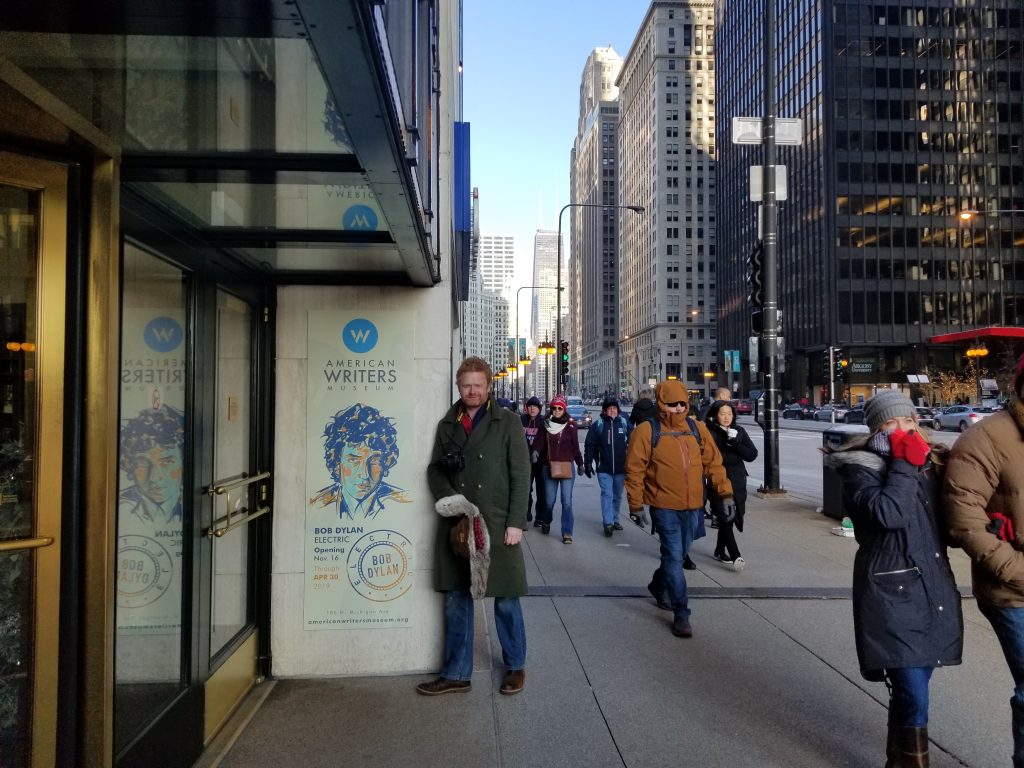
When I visited, the Meijer Exhibit Gallery was dedicated to Bob Dylan, who won the Nobel Prize for literature in 2016. It was a controversial decision, honoring him for “having created new poetic expressions within the great American song tradition”, but the exhibit did a wonderful job of exploring Dylan’s long career through the context of literature; and included copies of the books that he claimed to have inspired him.
Another exhibit focused on children’s books – the Negaunee Foundation Children’s Literature Gallery – and I was a little sad not to have brought my own kids along to see it. Focused on books like Where the Wild Things Are by Maurice Sendak and Little Women by Louisa May Alcott, it was a reminder that so many iconic books from our childhood are rooted in the American experience; and even books I loved growing up had a lot to say about American life and society at the time they were written.
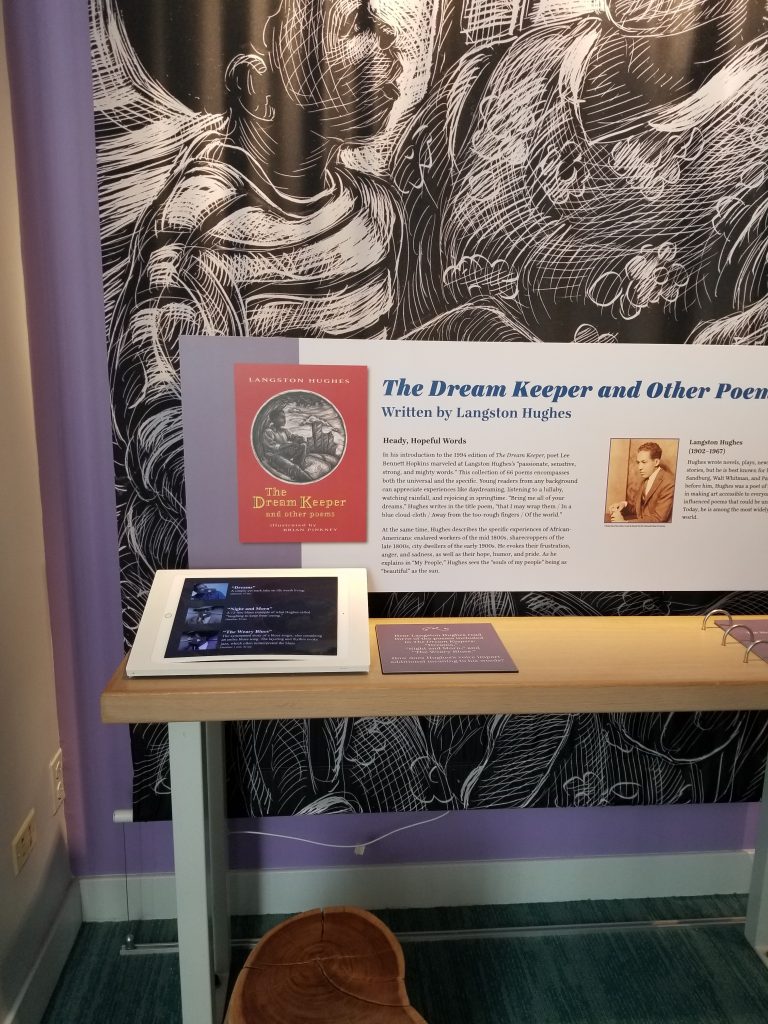
My favorite part of the section on children’s books was a reading of The Dream Keeper by Langston Huges, which was a beautiful poem embracing and celebrating the experience of being African-American in the 1930s – at the height of segregation. It was a reminder that children’s books are most successful when they represent the life and experiences of the children who read them; and showed how inclusivity and diversity was as much a part of the American literary tradition as non-conformism.
In fact, one of the most impressive things about the American Writer’s Museum was that they went to great lengths to celebrate American writers from different backgrounds. The centerpiece of the museum is A Nation of Writers – an exhibit celebrating the 100 most important American writers – and many famous white names have been omitted in favor of celebrated authors from different backgrounds; whose works defied convention by being popular in a time in which ‘books’ and famous writers were almost always white.
The exhibit on the 100 American Writers also reached way back in time; recognizing and celebrating writers from the 1600s and 1700s – before America was even a country! Yet their writing helped shape the nation it would become. Although 100 sounds like a lot, it’s actually quite interesting to argue about which writers weren’t included – and that can be said through the rest of the museum, as one inevitably searches for mentions of your own favorite American authors.
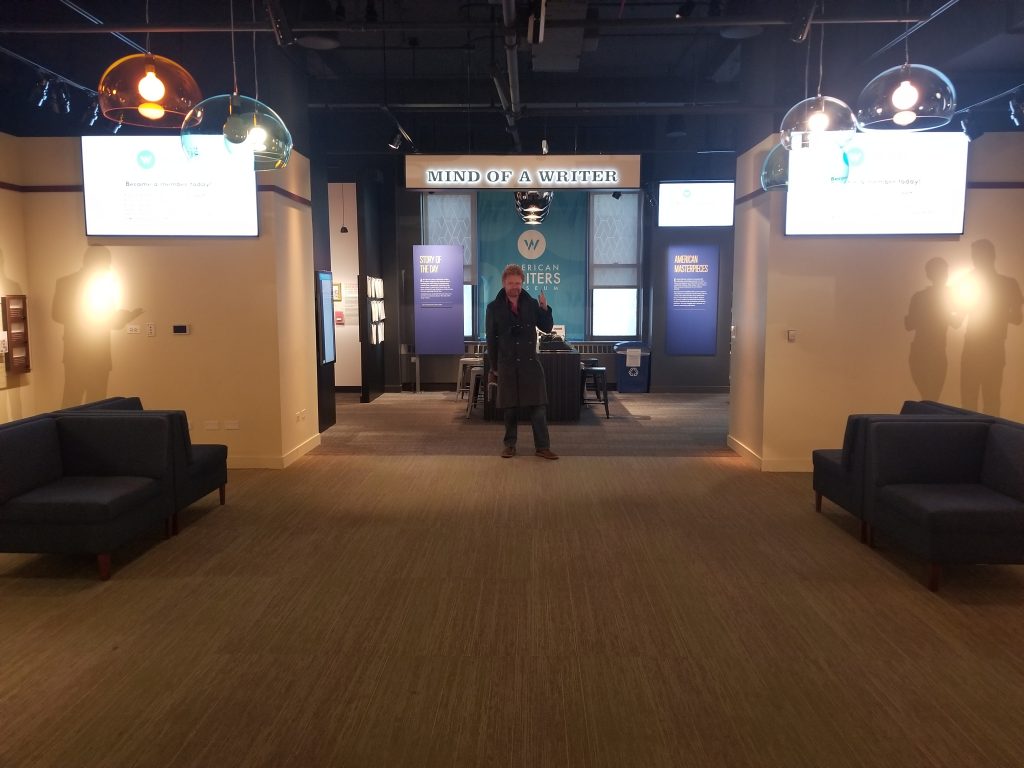
My favorite section was The Mind of a Writer Gallery, which explored the process of writing. This included a section of vintage typewriters – some dating back over a century – which you could actually use to type things out with and keep. I was thrilled to see the same IBM typewriter that my mother used to write her books in the 1970s – and when one young lady tried it out, her baby dangling from one arm as she typed with the other, I realized that my mother had probably completed her books the same way; only the baby at the time had been me!
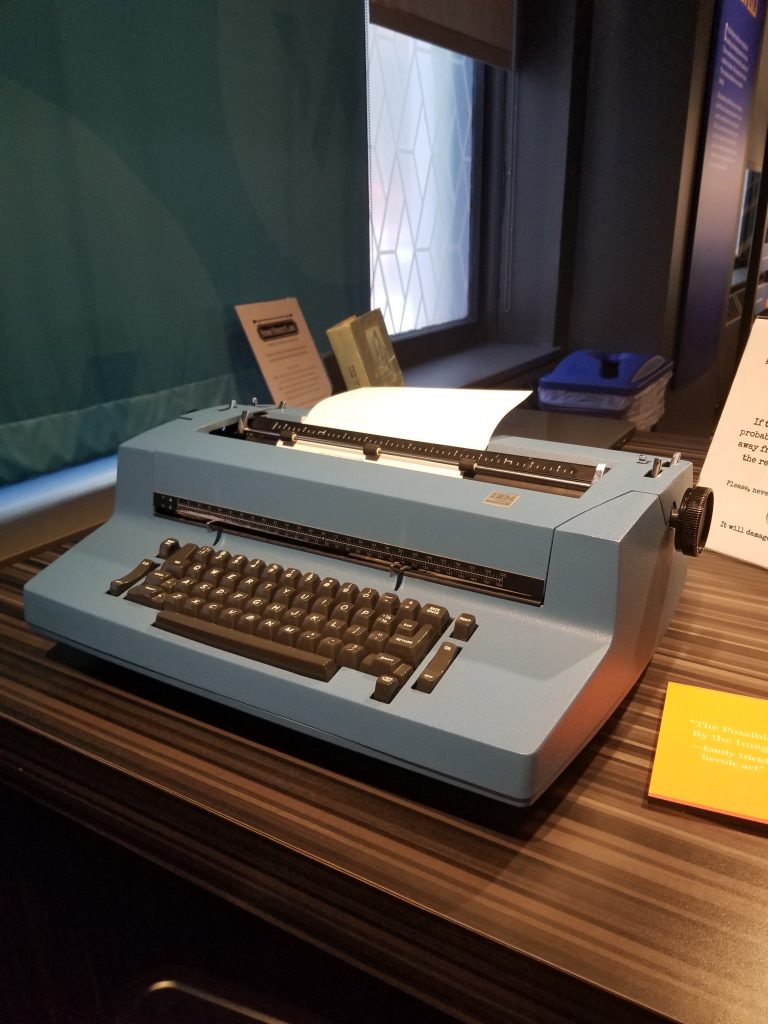
The Mind of a Writer Gallery also had some great interactive sections which would have delighted adults and children alike with how to formulate descriptions and sentences, and the process of writing. It also included beautiful murals with quotes from famous writers and I enjoyed that because one of the writers I felt was missing from the A Nation of Writer’s exhibit, the infamous Henry Miller, made his appearance in this gallery.
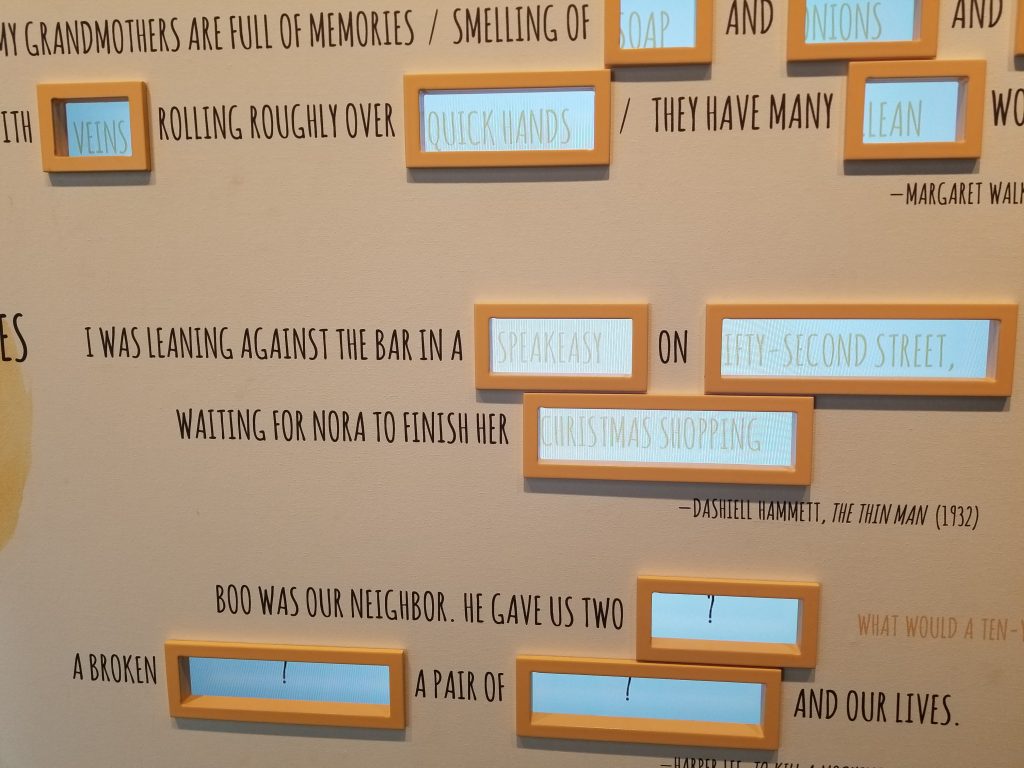
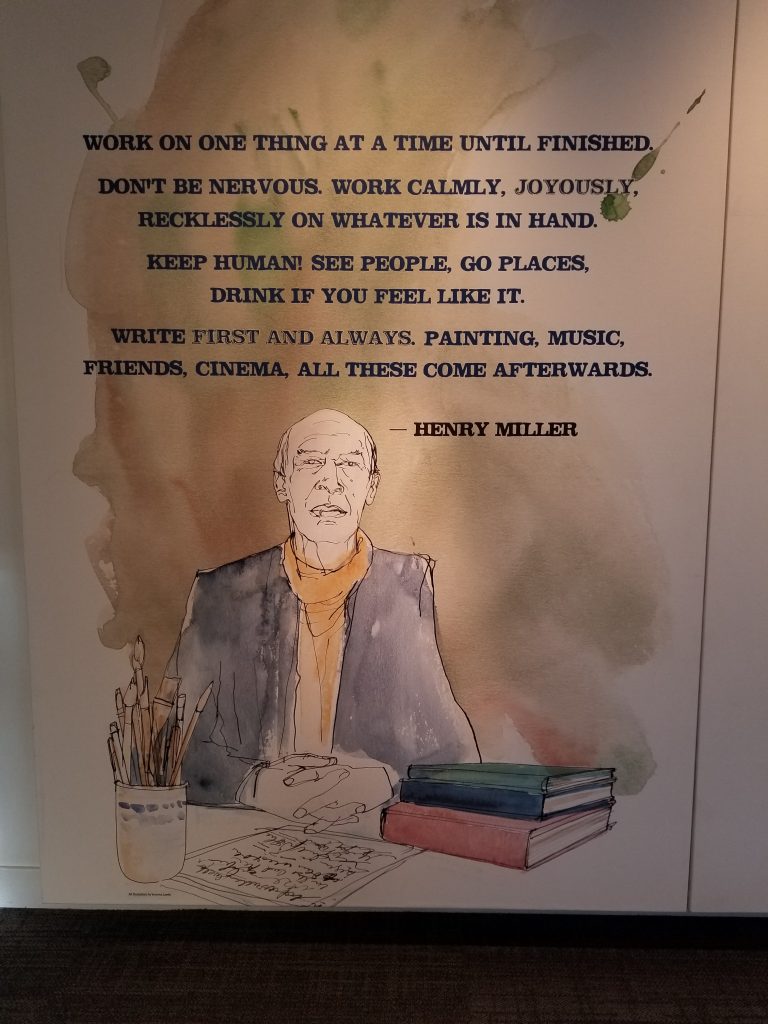
At the corner of that part of the museum was the Roberta Rubin Writer’s Room, where a temporary exhibit celebrated Frederick Douglass: Agitator. Again, it was really fascinating to see America’s cultural and racial diversity recognized through the lens of literary achievement; and the story of “the self-made man” is truly one of the most remarkable in American history. It was amazing to see Douglass’ own writing on display; and see how his works from well over a century ago still mirror problems present in current society.
The museum took a little less than two hours to go through – and I’ll admit that I gave it more depth than some. However, for $12 I feel the admission offered fantastic value for the money and it was a really heartwarming and inspiring experience that definitely set me on the path to focus on my own writing in 2019.
If there were criticisms to be made, I do feel that the overall tone of the museum was a little elitist – so popular authors like Stephen King, who was awarded the Medal of Distinguished Contribution to American Letters by President Obama, barely got a mention. Perhaps this is because the museum is focused more on ‘literature’, but I still felt there was some serious omissions made and wonder if there may have been some snobbery behind them.
I also thought the section on the Mind of a Writer lacked sufficient information about self-publishing and the rise of electronic books. From my own perspective especially, the industry of writing and publishing has been transformed within the past decade and I feel the omission kind of thumbed authors like myself; who’d finally been able to call themselves ‘writers’ after finding financial and critical success through digital publishing. Just like I felt that populist authors had been omitted from the ranks, I felt the entire museum focused too much on writing through the lens of ‘traditional’ publishing; which is itself a dying industry.
All in all, though, the visit was one of the highlights of my visit to Chicago and – as I mentioned above – put me in the right frame of mood to really seize the opportunity to write and publish in the new year. If you’re in or around Chicago in 2019, I most definitely recommend a visit.
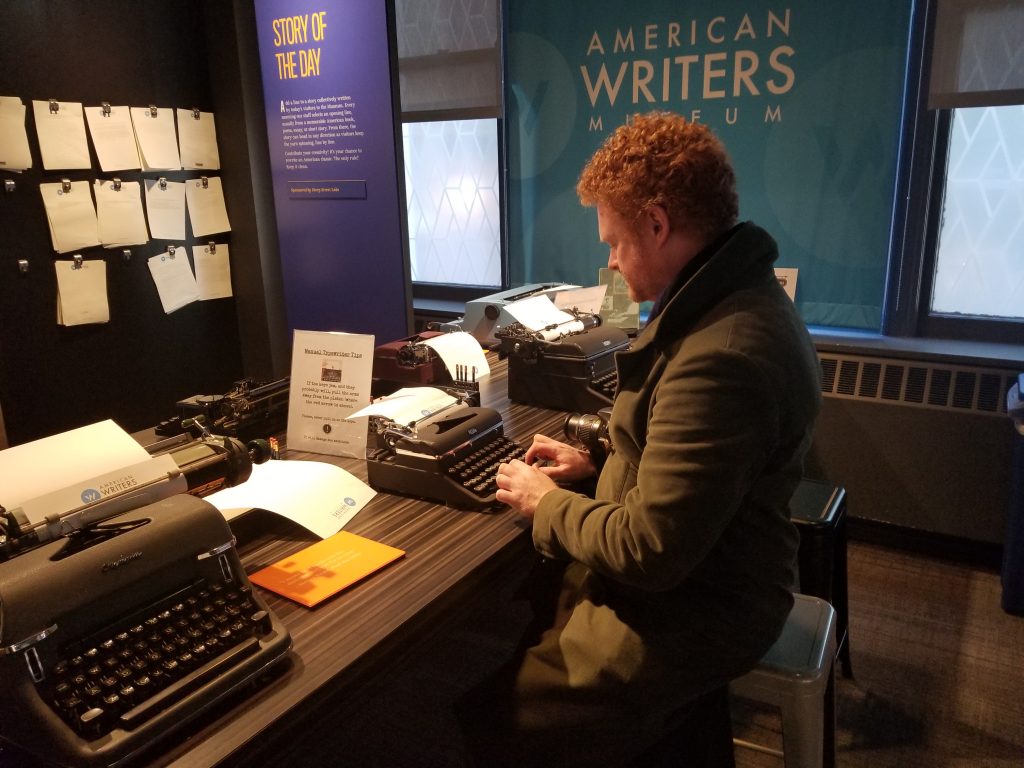


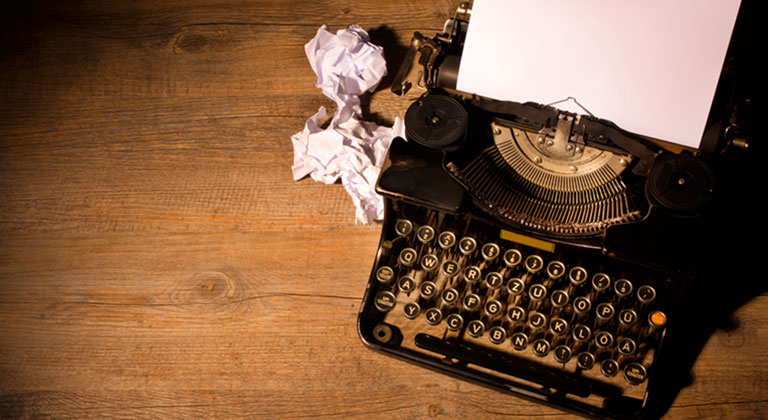

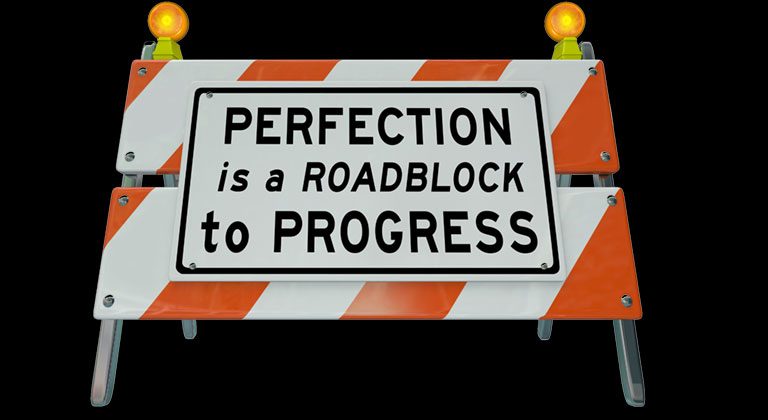





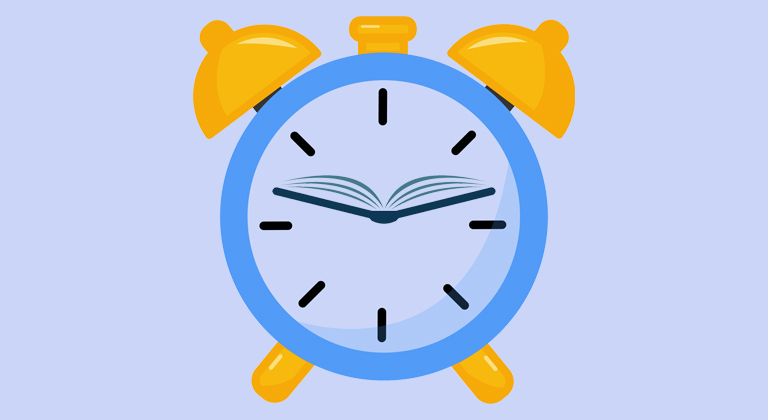

2 Comments